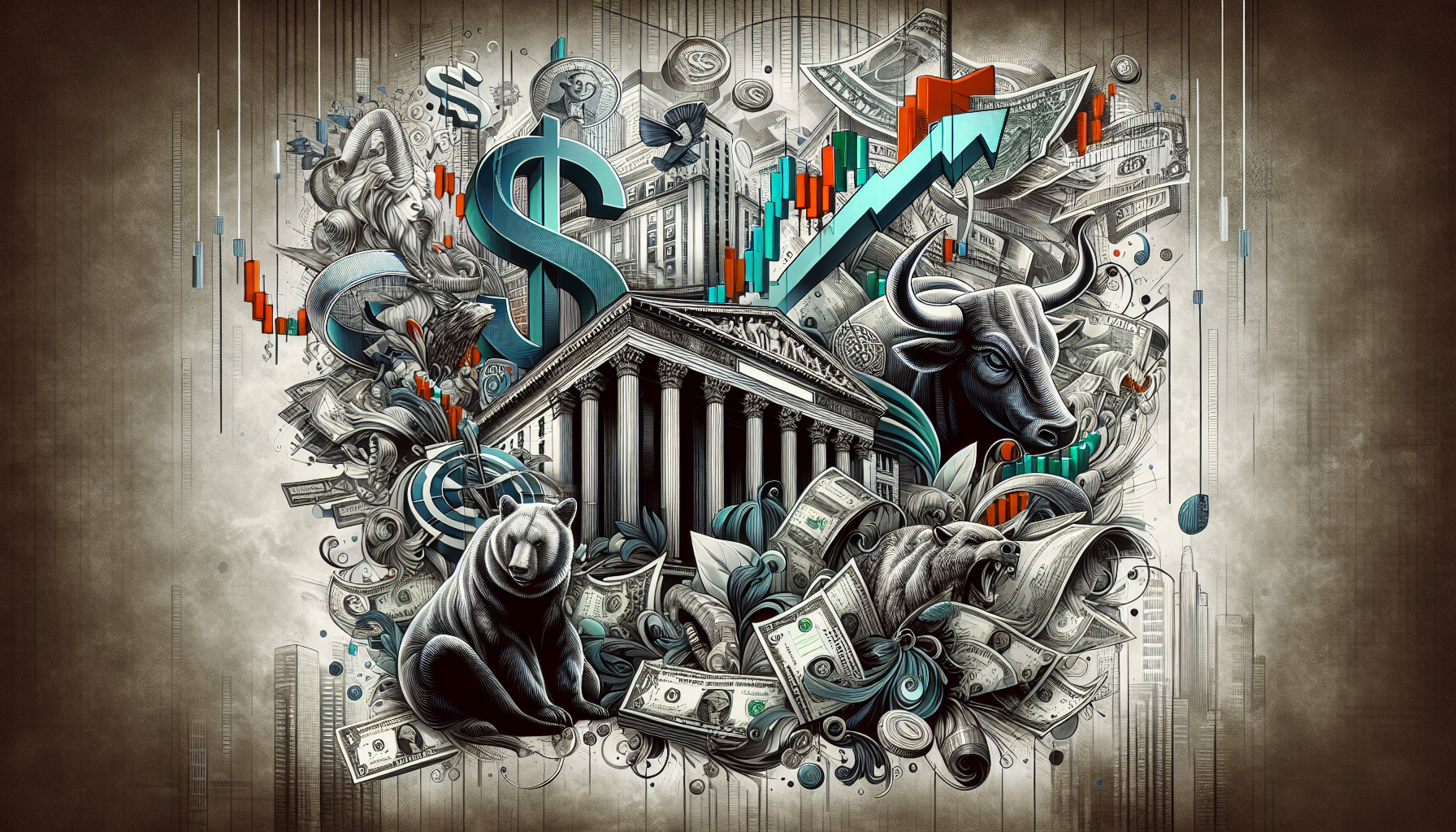
tl;dr
A stronger-than-expected U.S. wholesale inflation report, with the Producer Price Index rising 0.9% in July, has reduced hopes for a September Federal Reserve interest rate cut, negatively impacting Bitcoin and Ethereum prices. Bitcoin fell 4.2% to $118,200 and Ethereum dropped 3% to $4,570. Experts...
A hotter-than-expected U.S. wholesale inflation reading has tempered optimism for a September interest-rate cut, impacting the crypto market negatively in the short term. The Producer Price Index (PPI) surged 0.9% in July, marking its largest monthly increase in over three years, with core PPI matching this pace. This inflation data led traders to reduce expectations for imminent Federal Reserve easing, putting pressure on Bitcoin and Ethereum from recent highs.
Bitcoin experienced a 4.2% drop to $118,200, while Ethereum slipped 3% to $4,570, according to CoinGecko data. Thomas Perfumo, Kraken's global economist, noted that the pullback reflects shaken confidence in a Fed rate cut next month. However, he emphasizes that persistent elevated inflation underscores the long-term appeal of crypto assets with fixed or programmatic supply, like Bitcoin, which has a capped supply of 21 million coins.
Jamie Coutts, chief crypto analyst at Real Vision, suggests that the current macroeconomic environment departs from historical patterns, with inflation unlikely to be easily controlled. Policymakers might resort to unconventional tools such as targeted Treasury issuance or yield-curve control. Coutts predicts short-term weakness in September but anticipates that rising global liquidity—spurred by Chinese stimulus and a weaker U.S. dollar—could fuel a strong rally in the fourth quarter.
Historical data from CoinGlass shows Bitcoin typically falls in six of the past ten Septembers, with a median drop of about 4.35%, but these declines often precede robust year-end rallies. Coutts highlights how liquidity shifts, whether expansionary or contractionary, generally coincide with movements in risk-asset valuations, exemplified during the 2020–2021 pandemic market rally.
For now, the PPI shock has curbed aggressive bets on rate cuts. Yet, if liquidity trends persist and the U.S. dollar continues to weaken, the current crypto lull may transition into a renewed upward momentum ahead of year-end.